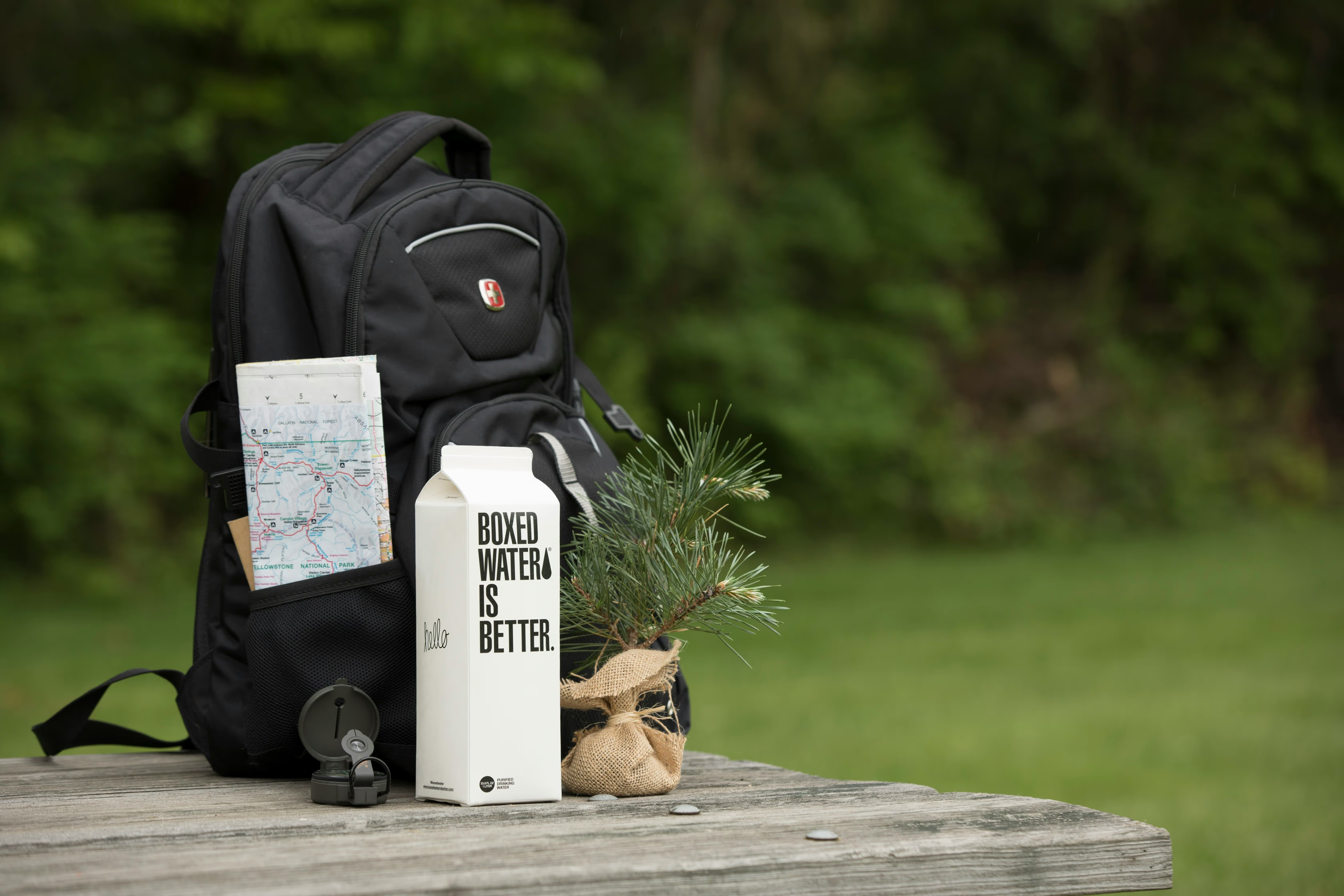
When you move through nature with care, your presence becomes a question: what do I take with me – and what do I leave behind?
Zero waste living isn’t a trend that ends at your front door. In 2025, it’s unrolling into the forest clearing and the campervan pantry. What once was a fringe experiment is now a movement with its own aesthetics, rituals, and even tech. From plastic-free trekking kits to collapsible water filters, the future of outdoor living doesn’t look disposable.
It’s not about purism. No one’s asking you to churn butter by hand in the woods. It’s about conscious substitution: metal over foil, cloth over plastic, preparation over improvisation. And above all, it’s about presence – knowing exactly what you carry and what you’ll carry back.
Outdoors used to mean paper plates and quick fixes. Now it means systems that last. A reusable spork becomes a daily staple. A hand-stitched repair kit, once a gimmick, now means independence. You carry less, but you use more.
You’ll find portable compost bins that seal tightly and tuck into your pack. You’ll find water solutions that don’t rely on buying more. In the gear world, even the giants are adapting: REI, Patagonia, and Terra Thread are all releasing waste-reduction lines, citing demand from “conscious campers” (FunOutdoorLiving, 2025). That demand is visible on trails from the Alps to Yosemite, where outdoor communities are setting up shared clean-up loops and hosting zero waste skills workshops.
The shift shows in how we cook outdoors. Bulk-bought grains packed in beeswax wrap, not snack bars. Spice blends in glass jars. A collapsible stove stand and refillable gas, not foil trays and disposable canisters. Even coffee – ritualistic, sacred – gets its own sustainable upgrade: stainless-steel filters, reusable mugs, and a moment of calm in the morning fog.
It’s not just food. Clothing becomes smarter. A buff works as sun protection, towel, bandage. A water-resistant shell doubles as a windbreaker. We choose garments made from recycled fibres or organic materials. Less washing. Less shedding of microplastics. More attention.
When it comes to waste, the invisible becomes visible. A single candy wrapper on a remote trail hits harder than it would on a sidewalk. And so hikers become curators. Not just leaving no trace, but removing what others left. According to Earthlyours' 2025 guide, “micro-trash kits” – a small bag, gloves, tongs – are among the most shared packing tips in zero waste forums. Not glamorous. Just necessary.
The reward isn’t just ethical. It’s emotional. There’s a kind of quiet pride in knowing you didn’t add to the weight of a place. That you came, absorbed, and left it better. Nature responds with openness. You feel it. A clearer sky, a cleaner path, a quieter conscience.
This isn’t about guilt. It’s about craft. The craft of preparing a trip so that everything has a role. The craft of knowing your tools, your recipes, your trail. The craft of reducing your footprint without reducing joy.
By the time you return, there’s less laundry. Fewer bags. No leftover plastic, no waste trail, no regret. Only a deeper kind of satisfaction – the kind that makes you want to do it again. And again.